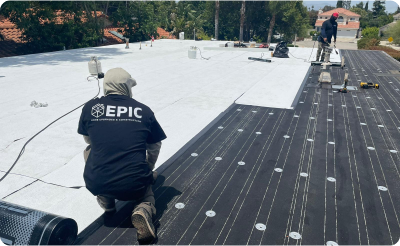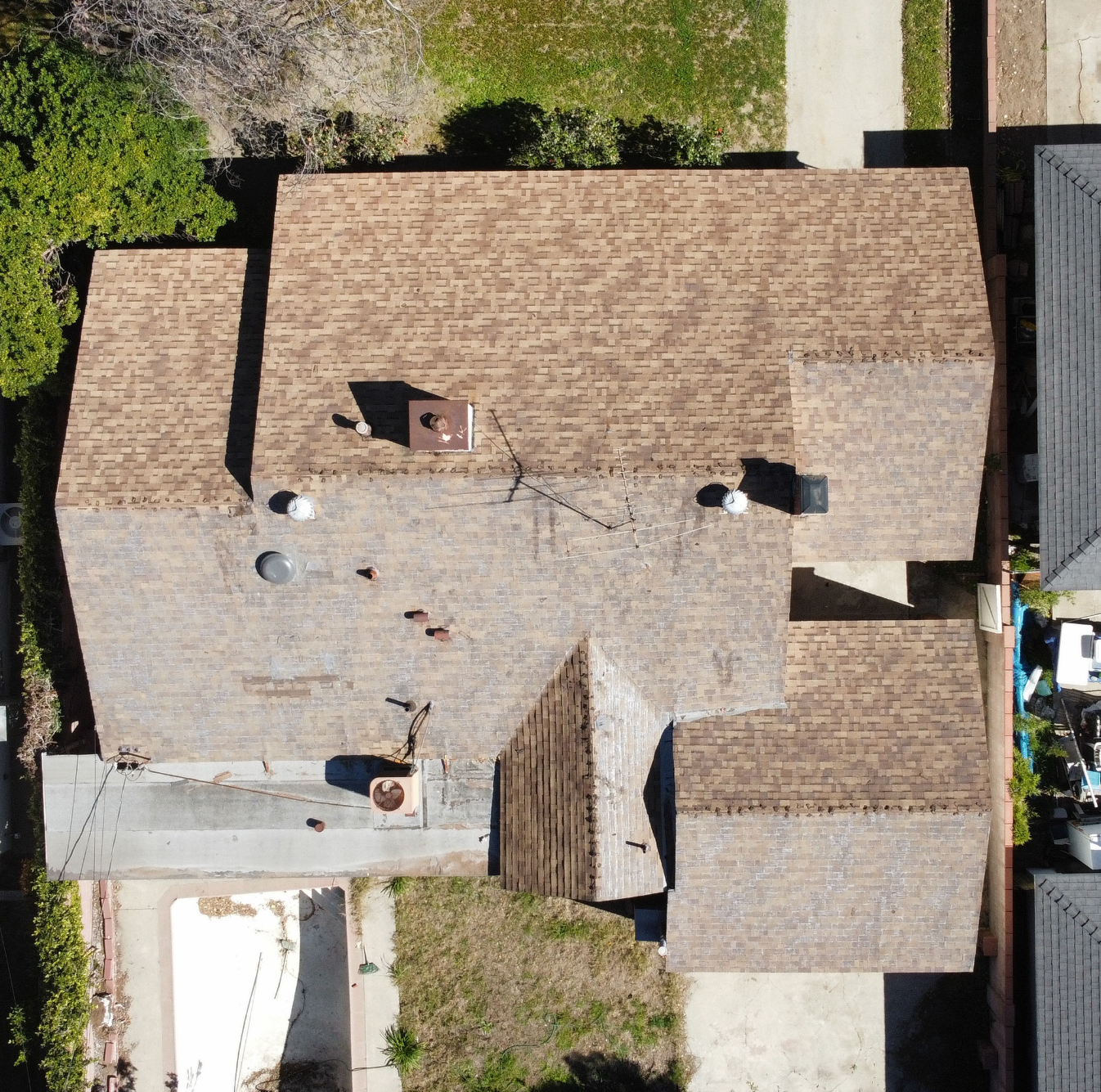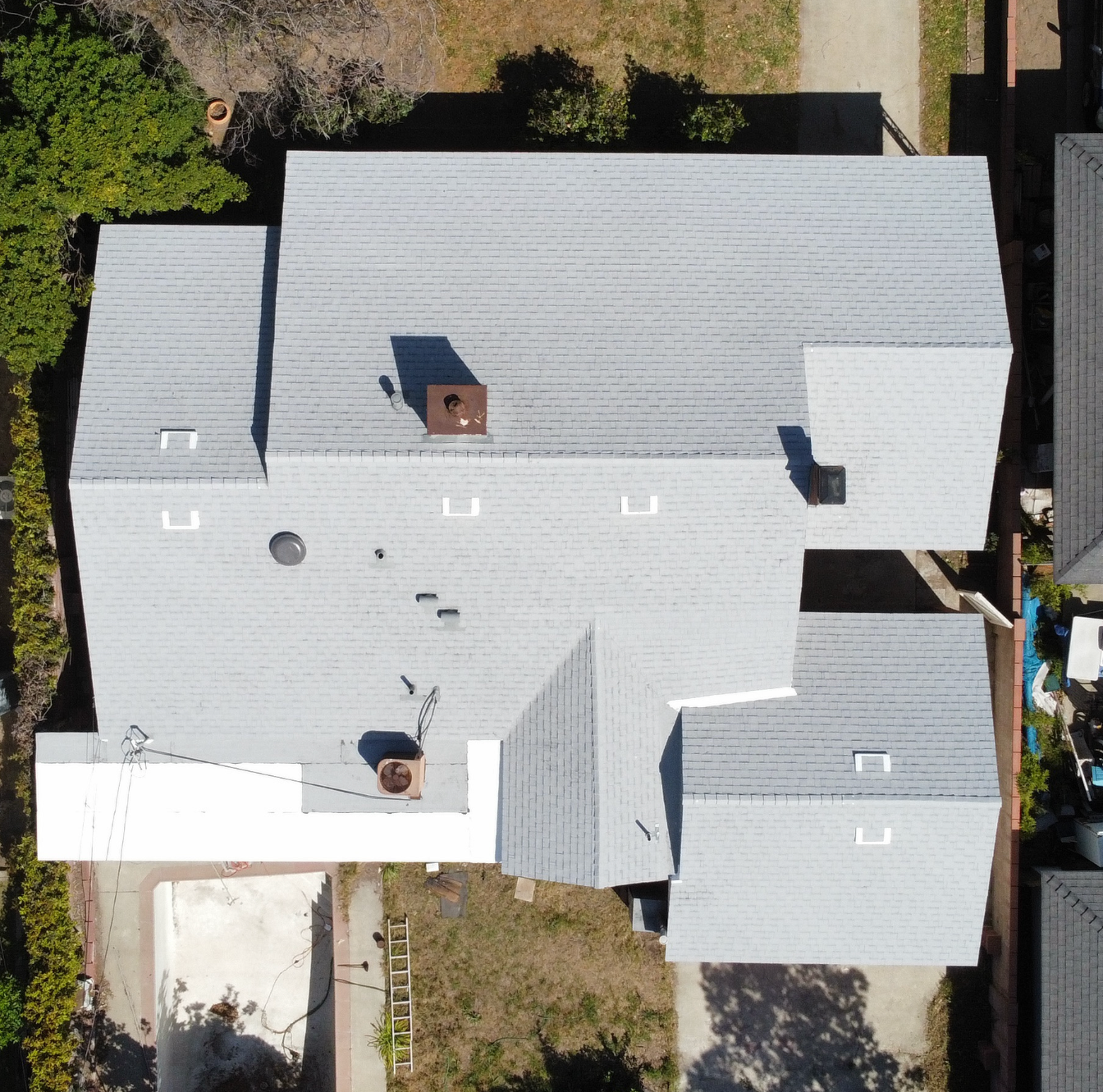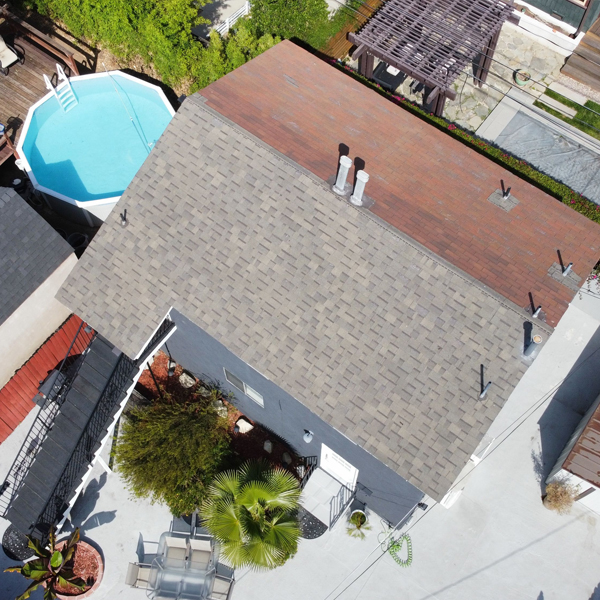Replacing Your Roof Is More Affordable Than You Think
Saving You Time & Money by Cutting Out the Salesman
At Epic, we guarantee the lowest price without compromising on quality due to our manufacturer direct to consumer approach. By removing the traditional in-home salesman and simplifying our quote to installation process,
we lower the price of roof replacements by an average of 30%.
Saving You Time & Money by Cutting Out the Salesman
At Epic, we guarantee the lowest price without compromising on quality due to our manufacturer direct to consumer approach. By removing the traditional in-home salesman and simplifying our quote to installation process,
we lower the price of roof replacements by an average of 30%.
Our Process
Step 1
Initial Chat & Detailed Quote
We’ll chat about your roofing needs and provide you with an estimate right over the phone using our advanced satellite software, as well as email a detailed quote for your review.

Step 2
Roof Inspection & Project Schedule
Next, we will meet at the property where our expert will carefully assess your roof, confirm measurements, and discuss any specific preferences. Once completed, we then propose a project timeline aligned with your schedule.

Step 3
Roof Replacement
With all the details in place, our skilled team will get to work, bringing your roofing project to life. We’ll keep you updated on the progress throughout the process. Finally, we’ll provide you with a final warranty documentation to give you peace of mind and assurance in your new roof.

Our Process

Roof Inspection &
Project Schedule
Next, we will meet at the property where our expert will carefully assess your roof, confirm measurements, and discuss any specific preferences. Once completed, we then propose a project timeline aligned with your schedule.

Step 1
Step 2
Step 3
Initial Chat & Detailed Quote
We’ll chat about your roofing needs and provide you with an estimate right over the phone using advanced satellite software, as well as email a detailed quote for your review.

Roof Replacement
With all the details in place, our skilled team will get to work, bringing your roofing project to life. We’ll keep you updated on the progress throughout the process. Finally, we’ll provide you with a final warranty documentation to give you peace of mind and assurance in your new roof.
High Quality + Lowest Price =
Happy Customers!
Our commitment to customer satisfaction, both in price and in service is showcased by affordable and accessible roofing experience.
We had Epic do our re-roofing. Their service was great and the work that they did on our roof was top notch. Even the city inspector mentioned that they did a really good job. We had multiple quotes from various roofing businesses, but Epic gave us the best price with no compromise in the quality of what we got. They took care of everything from submitting all necessary city permits, to scheduling tear down of roof, delivery of materials, install, and cleanup of property. I’d definitely recommend them to anyone looking to do construction upgrades. These guys were great!!!

Sheryl O.
Truly a great experience with Epic to install our new roof. From start to finish it was an amazingly simple process. Financing was a breeze – literally less than 5 minutes to apply.
They came out, provided a quote, called later to confirm details, set a date and in 3 days it was complete!!
The team was fast, efficient and super friendly. I cannot believe how sweet it looks and how quickly they made it happen. We can now bravely face El Niño without a fear.

Tammie C.
Epic did a fantastic job on our roof! Their communication was great- they always answered every question I had in a timely manner. They allowed us to finance our new roof and even though we had some unexpected challenges come up, Joey and Julio were able to make adjustments and work with us so the job was still finished timely. The guys on site were truly professional and worked very hard each day they were here. Every day they cleaned up the debris and set trash aside so it was out of our way. Thanks to Epic Home Upgrades, we literally have a new roof over our heads and will feel secure through the next rainy season.

We had Epic do our re-roofing. Their service was great and the work that they did on our roof was top notch. Even the city inspector mentioned that they did a really good job. We had multiple quotes from various roofing businesses, but Epic gave us the best price with no compromise in the quality of what we got. They took care of everything from submitting all necessary city permits, to scheduling tear down of roof, delivery of materials, install, and cleanup of property. I’d definitely recommend them to anyone looking to do construction upgrades. These guys were great!!!

Truly a great experience with Epic to install our new roof. From start to finish it was an amazingly simple process. Financing was a breeze – literally less than 5 minutes to apply.
They came out, provided a quote, called later to confirm details, set a date and in 3 days it was complete!!
The team was fast, efficient and super friendly. I cannot believe how sweet it looks and how quickly they made it happen. We can now bravely face El Niño without a fear.

Epic did a fantastic job on our roof! Their communication was great- they always answered every question I had in a timely manner. They allowed us to finance our new roof and even though we had some unexpected challenges come up, Joey and Julio were able to make adjustments and work with us so the job was still finished timely. The guys on site were truly professional and worked very hard each day they were here. Every day they cleaned up the debris and set trash aside so it was out of our way. Thanks to Epic Home Upgrades, we literally have a new roof over our heads and will feel secure through the next rainy season.

A Word from Our Customers
Affordable, Low Monthly
Payments Available
At Epic we have simplified the process and made roof replacement more affordable than ever before. Not only do we offer roof replacement at a competitive price, we also offer financing options of $0 down and low monthly payment.

With over 30 years of combined experience, our roofing team offers the best experience, pricing, and quality.
We’re dedicated to helping you construct an affordable, high-quality roof that you can rely on for years to come. From quotation to project completion – our team is here to ensure your experience is unparalleled with commitment to high quality and low price.





